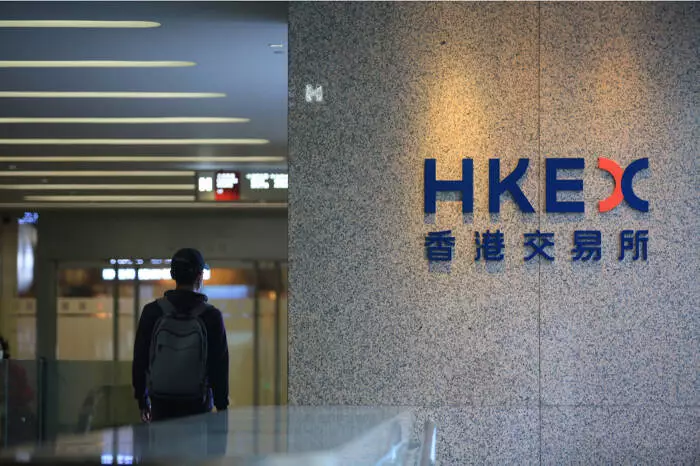As we traverse the intricate landscape of financial markets in Asia, recent shifts suggest a complex interplay between local dynamics and global economic forces. The Hang Seng Index, a key indicator of investor sentiment, has demonstrated a remarkable recovery amidst easing trade tensions and the rapid evolution of China’s artificial intelligence sector. Investors appear to be responding positively to these developments, leading to a significant surge in tech stock valuations and overall market performance.
The Hang Seng Index witnessed a notable weekly increase of 4.49%, marking its most significant performance since the previous October. This resurgence can be attributed to a combination of factors, including a thawing of trade conflicts and an invigorated interest in technological advancements spearheaded by major players in the Chinese market. Notably, the Hang Seng Tech Index experienced an impressive 9.03% uptick, prolonging its four-week streak of positive returns.
Titanic tech entities like Tencent and Alibaba demonstrated exceptional gains, with their stock prices rising by 6.36% and 13.25%, respectively. This reflects a broader trend where the technology sector is viewed as a beacon of growth and innovation, particularly as China positions itself as a leader in the AI domain. This upward trajectory not only augurs well for the tech sector but also sets a positive tone for the Hang Seng Index moving forward.
Positive Ripples in Mainland Markets
The positive energy surrounding the Hang Seng Index also reverberated throughout other mainland Chinese equity markets. The CSI 300 and Shanghai Composite posted gains of 1.98% and 1.63%, respectively, benefitting from the broader relief felt in trading environments and technological enthusiasm. Investors largely dismissed the recent disappointing private sector Purchasing Managers’ Index (PMI) readings, which showed a decline in December and January metrics.
The Caixin Manufacturing PMI slipped from 50.5 to 50.1, while the Services PMI dropped to 51.0 from 52.2, indicating a cooling off in the services sector. However, the prevailing optimism stemming from trade negotiations overshadowed these weak data points, underlining a crucial lesson in market sentiment—that perceptions often hold more weight than raw statistics.
The commodities market encountered varied fortunes over the week leading up to February 7. Gold continued its upward ascent, achieving a six-week winning streak with a 2.25% increase, closing at an impressive $2,860. The surge saw gold prices touching a record high of $2,887 before stabilizing. Such advances in precious metals often reflect investor caution amid geopolitical uncertainties, as gold is traditionally seen as a safe haven asset.
In contrast, iron ore prices saw a slight uptick of 0.98%, buoyed by optimism surrounding potential positive outcomes from US-China trade relations. However, crude oil prices faced headwinds as US inventories swelled, alongside rising tensions linked to potential new tariffs from the Trump administration, indicating that market volatility could persist across several sectors.
The ASX 200 faced a minor setback, closing down by 0.24%. Notably, the Australian stock market found some cornerstone support from sectors such as banking, gold mining, and technology. High-yielding banking stocks like the National Australia Bank and Commonwealth Bank of Australia showed modest increases. Contrastingly, the Nikkei Index slipped by 1.03%, influenced by domestic economic indicators that hinted at a potential Bank of Japan (BoJ) interest rate hike in the first half of 2025.
Important economic figures, including average cash earnings and household spending statistics, demonstrated positive year-on-year growth, suggesting resilience within the Japanese economy. Nevertheless, these figures also compounded expectations that a stronger yen might pressure corporate earnings, specifically in export-driven industries.
As Asian markets navigate the uncertainties of the coming week, the specter of renewed trade tensions looms large. Trump’s tariff threats could signal an escalation in the trade conflict, potentially affecting investor sentiment across the region. However, corporate earnings announcements and central bank policy expectations will play vital roles in shaping market conditions.
Investors must remain vigilant, considering the influences of economic indicators and global monetary policies. Key earnings reports from corporations such as Softbank Group, Sony Corp., and various Australian banks are likely to steer market sentiment and trading strategies in the week ahead.
The current landscape presents varied opportunities and challenges for investors in Asia. By closely monitoring the fluctuations of economic trends and market dynamics, one can adeptly navigate the complexities of this evolving financial frontier.

